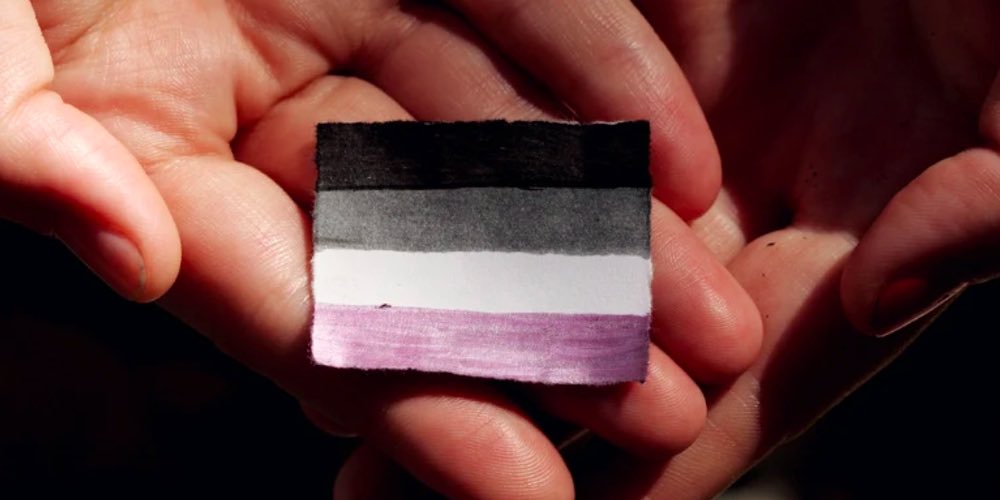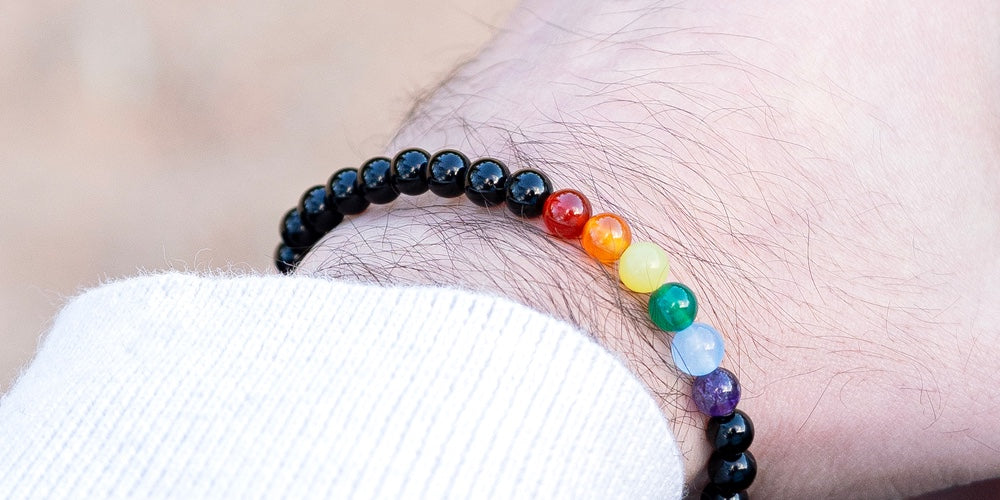Your Cart is Empty
EU Customers: Temporary pause for compliance. Join our priority relaunch list
What does it mean to be asexual?
Asexuality has often been a hot topic for people outside and within the LGBTQ+ community. While the asexual community has met many challenges, their main struggle is to convince people that their orientation is valid. Here at RCREW we believe that every queer identity and experiences are real. We also believe that you are no less of a person just because you may not experience desire and attraction the same way others do.
We'll be breaking down what it means to be asexual, as well as the different types of asexuality.
What is asexuality?
In a nutshell, an asexual person does not experience sexual attraction. While this may be true for many asexuals (ace), it can be a bit more complicated for others. Some people fall into the grey area between sexual and asexual and will experience sexual desire that doesn't fit the norm. Asexuality, like most queer identities, falls on a spectrum that can mean different things to different people. There are many ways to define asexuality that really depends on the person.
A common misconception is that asexual people experience no attraction whatsoever. On the contrary, an asexual person can develop an attraction based on other aspects of a person and find different forms of connections (e.g. emotional, intellectual, value-based) just as fulfilling and stimulating as sexual connections. Some may even enjoy having sex with partners but will not feel a sexual attraction based on someone's appearance or personality. Some may only experience sexual attraction once a relationship has been developed. However, even those who do not have any sexual or romantic desire will crave genuine connections. Some even enter a committed queerplatonic relationship.
What are the different types of asexuality?
Asexuality can be an umbrella term for several different subgroups. Asexual people may experience a variety of sexual and romantic orientations and may not fit into one specific type of asexuality. However, here are just a few asexual identities:
What is the asexual pride flag?
The official asexual flag debuted at the 2010 San Francisco Pride parade. It was based on the colours used and seen in the Asexual Visibility and Education Network (AVEN) forums. The flag consists of four colours: black, grey, white, and purple. The black colour represents asexuality, the grey represents the grey area between sexual and asexual attraction, the white represents sexuality, and the purple represents the importance of community.
To celebrate Asexual Awareness Week, we want to offer our ace, aro and their allies 25% off our signalling bracelets. Just add AROACE25 at checkout, and the discount will be available till Sunday 31st October.
We're still adding to the collection, but you can check out our asexual bracelets and aromantic bracelets. If you don't see any LGBTQIA bracelets that match your identity, follow us on social media for updates!
A colourful bracelet may look small, but it carries a big message. At RCREW, we began by easing swipe fatigue and sparking real-world encounters. Today, our mission has deepened: to unify the LGBTQ+ community, stand defiantly visible, and defend the rights that generations before us fought to secure. Each bracelet is more than an accessory — it’s a daily act of solidarity and resistance.



